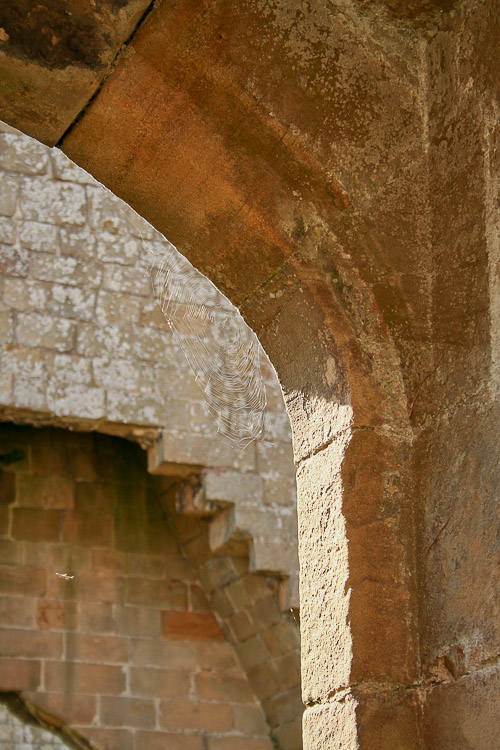
Over the next few days (8-11th September) the annual Heritage Open Days will offer free access to buildings all over the country that usually charge admission or are not open to the public. There will be a large range of tours, events and activities to explore buildings, their history and culture. You can also follow the #HOD hashtag on twitter.
Events in Leeds include tours of the Market, Kirkstall Abbey, guided walks, open houses and talks. But with 3300 listed buildings in Leeds (according to Leeds City Council), what do the Heritage Open Days miss?
Well loads, obviously. But walk around Leeds on any old day, look up past the modern shop fronts and there’s bags of history. The problem is that behind the elegant or extravagant façade is most likely a dingy office space with a false ceiling and woodchip on the walls. The history is mostly unknown, or lost, and although the building might be a pretty one its place in the heritage of the city is not going to be poured over on open days or with guided tours.
And then there are the forgotten places, and ‘at risk’ buildings that mean so much to the city – The First White Cloth Hall, Kirkstall Forge, Temple Works, the numerous mills along the rivers and canals that have fallen into ruin or disappeared entirely.
Buildings that tend to stick in my mind, the ones I wish I could explore with a passionate and knowledgeable tour guide are those I have come across in the past and formed associations with. I might love them, but want to know more about them, so here are a few…
Scarcroft Lodge, or the old Yorkshire Electricity Board building in Scarcroft. It was built as a private mansion, but then chosen in 1947 as the location for the new YEB headquarters outside the smog of the city. However, at a time when resources were scarce, the overspend on the extensions and modifications of around £2million in today’s money shocked the entire country and sent the board member responsible to jail for 6 months. I grew up in Scarcroft, so the building sits in my mind with memories of sneaking through the grounds to get to the lake behind it. Although it’s no longer the YEB’s territory, trespass is not recommended, but the walks around it are beautiful, and I would definitely recommend these.
The Victorian LGI building designed by George Gilbert Scott between 1864 and 1868 is a fantastically gothic building. It was built using principles of sanitation and infection control suggested by Florence Nightingale but when it first opened it didn’t have electricity or central heating.
Spofforth Castle (near Wetherby) – Really, rather than a castle it’s an 11th Century fortified Manor House with modifications in the 13th and 15th Centuries. The Castle is owned by English Heritage but entry is free. It’s not the best castle, but I’ve always loved a good ruin, and this one inspired me as a teenager.
The Heritage Open Days are a great way to explore some of our architectural heritage, but the list of places to visit shouldn’t be seen as the most important or the most interesting. The thing is that appreciating architecture is greatly subjective. What one person thinks is sublimely beautiful is to another complete bilge. Or like me, you might just like the way some brickwork or stones look.
Go out and experience architecture. The events of the Heritage Open Days are a great start, particularly if there is something local to you. But if a local building you think is interesting isn’t on the list, go and explore it anyway. Experience it. Champion it. And tell me about it so that I can.